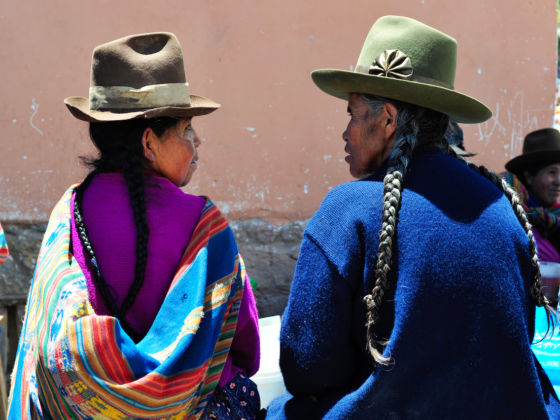1. Spend time on the shores of the Madre de Dios.
While the majority of travelers hoping to experience the Amazon head straight to Iquitos, a (much) smaller number visit the Amazon regions surrounding the Madre de Dios River, namely Tambopata National Reserve and Manu National Reserve. Most guest lodges are about an hour to three hours downstream from Puerto Maldonado, the nearest town.
Slide your feet into high rubber boots to trek through the mud, explore the jungle (by flashlight at night for the best sightings), paddle around hidden lakes, and fish for piranha. You can spot the shining eyes of the caimans in the Madre de Dios via spotlight during evening boat rides, listen to the locals’ eerie stories about the Chullachaqui, and even participate in an ayahuasca ritual. (Just make sure you do your research prior.)
Don’t expect to be updating your Instagram during this leg of your trip.
